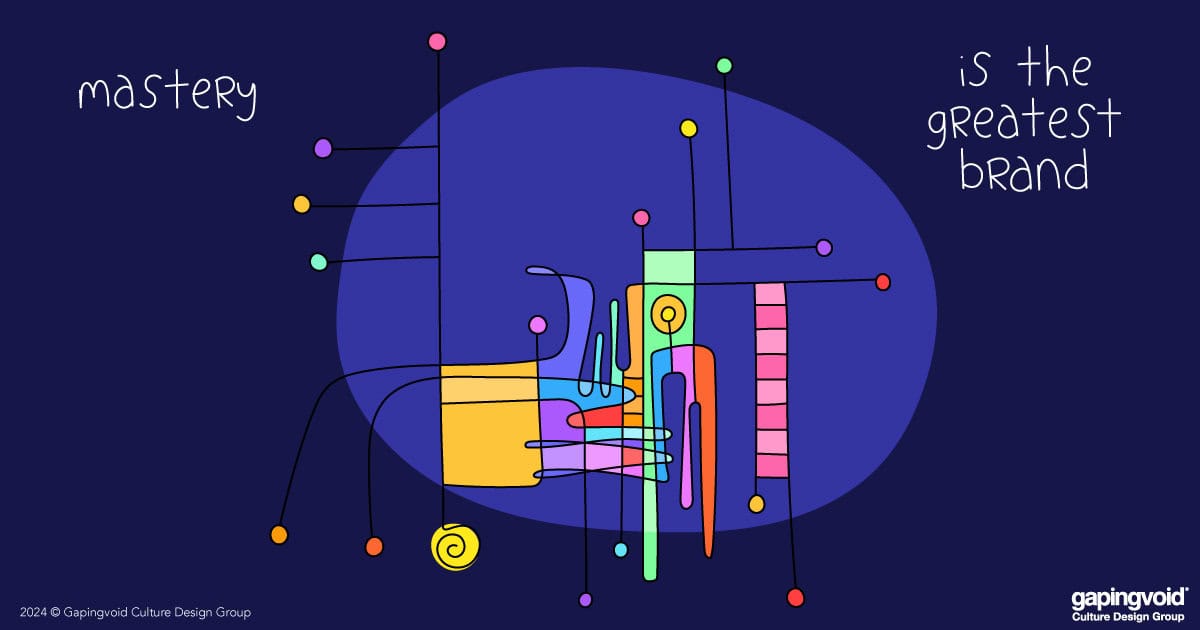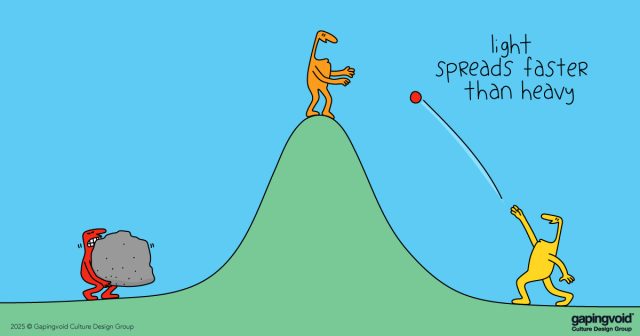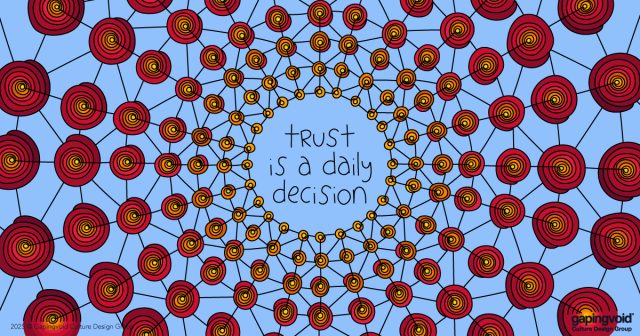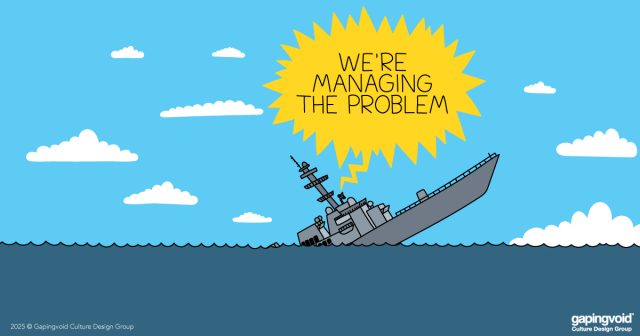
In a 2001 episode of “Sex and The City,” hilarity ensues when one of the main characters, Samantha, tries using her celebrity connections to jump the queue to get her hands on a coveted Hérmes “Birkin” Bag, a then $4,000 handbag with a five year waiting list (worth more like $14,000+ these days, and EVEN MORE on the resellers market).
How does it work out? Not well for Samantha, of course. But the train wreck made fun viewing for the rest of us.
Handbags are a big deal for Hermes, especially their flagship Kelly and Birkinmodels (named after Grace Kelly and Jane Birkin). Their leather goods division is about 40% of their $16B in total revenue. Considering the limited market, it’s astounding that the market cap is over $200 billion.
So what’s the big deal about the bags?
As we learned from this amazingly thorough Acquired Podcast episode, it’s a big deal for a reason.
The thing about the rich and the powerful is they’re traditionally used to getting what they want:
An impromptu weekend in Saint Tropez? No problem, just write a check.
Adding the new Valiant model to my Aston Martin collection? No problem, just write a check.
A modest 9-bedroom cottage in Martha’s Vineyard, complete with heliport? No problem, just write a check.
A new Birkin bag as a little birthday present to myself? No problem, just write… Wait a minute, what do you mean by “No”?! Five years?!?! WHAT??!!
The rich are no different than everyone else… we all really want what we can’t have, an emotion heightened in this group by their utter unfamiliarity with it.
Unlike other luxury brands, Hermes has refused to compromise an inch in quality. For the most part, their stuff is still handmade in France by the most skilled artisans in the world (every Birkin is produced by a single person who undergoes 2 years of training first). Unlike a lot of their competition who have made more downmarket products for efficiency and scale, top-rank standards of craftsmanship create the Hérmes brand, not vice versa. And their handbags are the centerpiece of all this, the way the iPhone is to Apple.
So what’s their secret? What’s kept the company together, all rowing in the same direction for almost two centuries?
It’s the culture, of course.
They’ve always had a distinct way of doing things, a point of view which emphasized a sense of fun and creative flair, not just a “win at all costs” ethos that pervades plenty of large companies.
While everybody else was outsourcing their manufacturing abroad, Hérmes was not only quietly cornering the market on top-end artisans, it was using its cash to open schools in deprived areas in France to train apprentices. Yes, it took over ten years, but suddenly, there’s not a company on earth that can compete with them at scale. At least, not for another couple of decades and many hundreds of millions of Euros later.
Hérmes is a great example of how to win, by playing a different game entirely – one that centers the culture around mastery of the craft, not just marketing. Their marketing is their product.
The thing about mastery is that we all are wired to want it, but it mostly evades us.
What Hérmes is really offering people- employees, partners and customers alike- is an idea far deeper, meaningful and important than any handbag, Hérmes’ or otherwise.
It is offering craft, meaning, history, and being part of a luxury goods brand that doesn’t fake it.
You don’t have to be in luxury goods to do this. This mindset works in software, defense, engineering, fill in the blank. The question is what are your standards, and how are you connecting people to what great looks like? As Maslow pointed out, the highest form of human existence is self-actualization, working to our greatest capabilities, and achieving mastery. Can you design for that?



